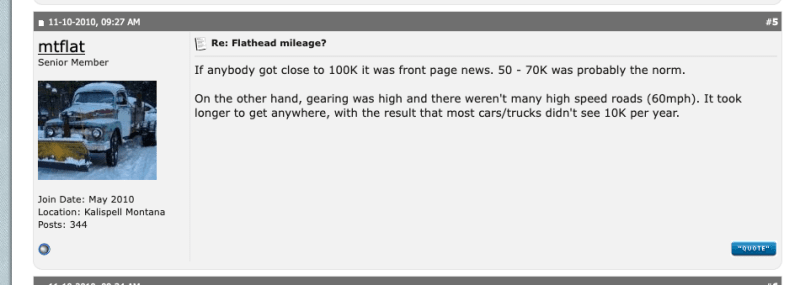We had a 1997 Cadillac Catera, which was basically a re-badged, pimped-out Opel Omega, imported from Germany. It was a great car in terms of handling and braking, however, it was a bit under-powered as the 'Americanized' version was 500 lbs heavier (more insulation and interior appointments) plus the automatic transmission and air conditioning. Anyway, we had it about two years when one day, as I was driving, the engine just seized-up cold, right in the middle of an intersection. Luckily, no one ran into me, but I couldn't move the car an inch, as the engine had frozen. I had AAA take it the dealer and they gave us a loaner (a big new Cadillac DeVille). It turned out that an idler pulley on the serpentine accessory belt disintegrated. It was a steel pulley, with what looked like a urethane cover on the pulley face, and this 'cover' peeled-off causing the belt to come loose. Now if that was all that had happened, it wouldn't have been a big deal, however, the overhead valve trains were driven by a timing-belt. Now this was a V6 engine and each bank of valves had it's own belt system, which was under a plastic cover which was supposed to keep them protected, however, it was open on the bottom and when that accessory belt failed, a section of it snagged one of the timing belts from under the cover causing it to break, which of course meant that one bank of valves stopped moving while the engine was still turning over. This smashed the tops of at least one piston and messed up a couple of valves (this was a four-valves per cylinder scheme). The dealer had the car for better than a month while they rebuilt the engine.
A couple of months later, we got a recall notice from GM covering this exact issue with the idler pulley. It seems that Opel had been using this design for a couple of years in Europe without any problems, but apparently after a couple of years in the hot, dry conditions of Southern California, this caused that 'urethane' cover to come loose and fall off. Now most of the time, it just caused the accessory belt to fail, but in about 10% of the cases, it ended up like what happened with our car.
Then in 2000, Cadillac decided that, even though our car had already been fixed with a properly designed idler pulley, they decided to make good on the cars that had had the seized engines, replacing our 1997 Catera with new 2000 model, at no additional cost. We drove that car for about three years, before selling it.
John R. Baker, P.E. (ret)
Irvine, CA
Siemens PLM:
UG/NX Museum:
The secret of life is not finding someone to live with
It's finding someone you can't live without

